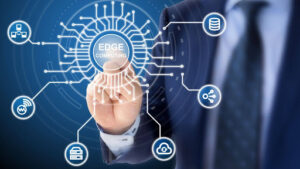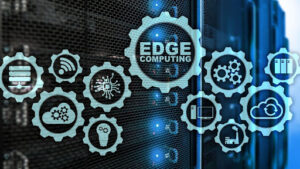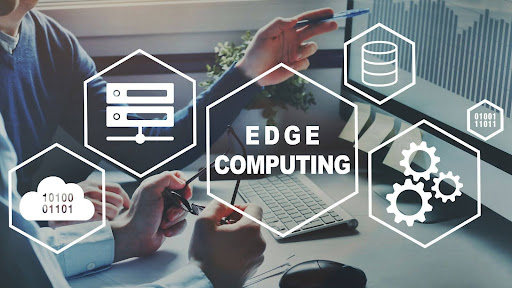In the ever-evolving world of technology, two buzzwords seem to be on everyone’s lips: Edge Computing and Internet of Things (IoT). Individually, they’re game changers, but when combined, they’re revolutionising the way we interact with technology.
Edge computing, with its ability to process data closer to the source, is transforming the latency issues in IoT devices. It’s not just about speed, though. There’s a whole new level of efficiency and security that’s being unlocked.
Edge Computing Iot
Taking hold of IoT’s full potential requires an effective and efficient data processing method. Edge computing emerges as a highly practical solution, particularly when deployed in IoT settings. IoT devices generate loads of data – data representation, interaction, and processing, therefore, become crucial elements. Decoding this combination starts with understanding the principles upon which it operates.

Edge computing decentralises data processing, pushing it closer to IoT devices, thereby addressing latency issues. Think of an autonomous vehicle relying on data from various sensors – immediate processing of that data can mean the difference between a smooth ride and an accident. With edge computing, the data doesn’t have to travel to a central server; it’s processed at the “edge” of the network, near where it originates.
Security represents an added advantage of edge computing in IoT environments. By limiting data transfer, breaches and attacks get minimised. Imagine a smart home system – each device doesn’t transmit all data, thereby decreasing the potential targets for hackers.
Efficiency in energy consumption and bandwidth use transpires from local processing as well. Consider a series of IoT sensors in a farm, transmitting data about temperature, moisture, and light conditions directly to an on-site server or even processing the data in-place. It reduces not only the quantity of data conveyed over networks but the energy spent to move it, potentially saving costs and promoting sustainability.
The Importance of Edge Computing in IoT
Edge computing holds immense importance in the realm of IoT. A crucial catalyst, edge computing’s role lies in enhancing the efficiency and capabilities of IoT devices. Specific instances of improvements include heightened security, better responsiveness, and optimised energy consumption.

Firstly, the accentuation of security stands out as a significant benefit. Take the example of smart homes, where IoT devices remain constantly connected to the internet, making them susceptible to cyber attacks. Edge computing, by enabling data processing at the device level, reduces the transmitted data volume, thereby mitigating the risk of data breaches.
Secondly, edge computing increases the responsiveness of IoT systems. In an industrial environment, for instance, machines fitted with IoT sensors detect and respond to anomalies much quicker. With edge computing’s decentralised model, real-time insights and rapid responses become a tangible reality, consequently improving system efficiency.
Thirdly, energy optimization counts as a considerable advantage of integrating edge computing into the IoT framework. Edge computing, in a smart grid scenario, allows for real-time monitoring and control of energy sources, contributing to more efficient usage and reduction in overall energy consumption. Visit www.utilitybidder.co.uk/ for more information on optimizing energy usage.
How Edge Computing Transforms IoT
Shifts in data processing signify the dramatic transformation ushered in by edge computing for IoT. Processed at the edge, data undergoes rapid analysis, fostering real-time decision-making in IoT systems. In a traffic control system, for example, immediate decisions, based on accurate and fast data processing, prevent potential accidents and enhance efficiency.
Promoting robust security for IoT represents another transformation edge computing enforces. IoT devices often transmit sensitive data, making robust security measures a necessity. Edge computing prioritises data encryption and lessens data transfer, thereby reducing exposure to cyber threats. In healthcare applications like remote patient monitoring, edge computing helps ensure data privacy and meet regulatory compliance demands.
Optimising energy consumption in IoT reflects another transformation brought about by edge computing. By processing data near the source, edge computing drastically cuts the power needed for data transmission. Consider a smart home environment, where multiple IoT devices operate simultaneously. Edge computing allows these devices to conduct data processing locally, thus reducing their energy consumption.
